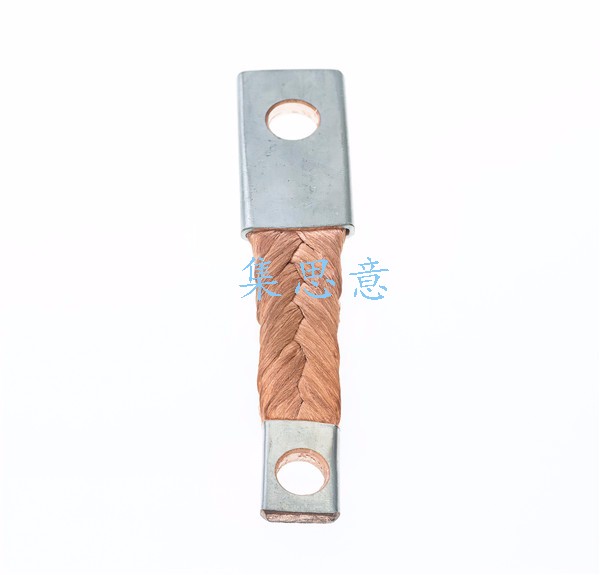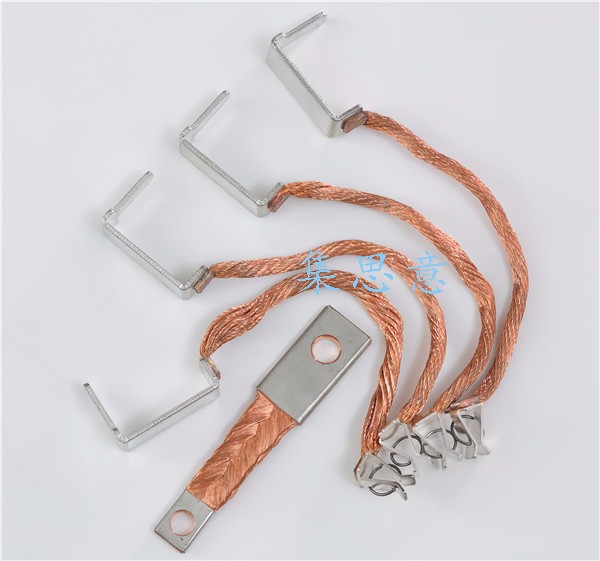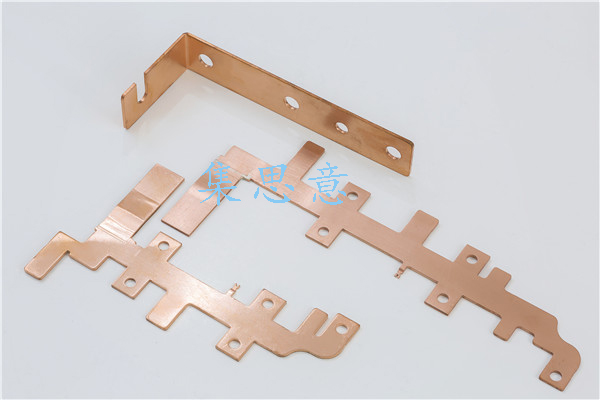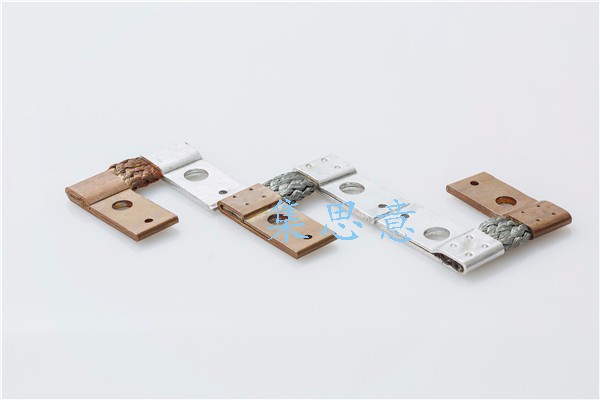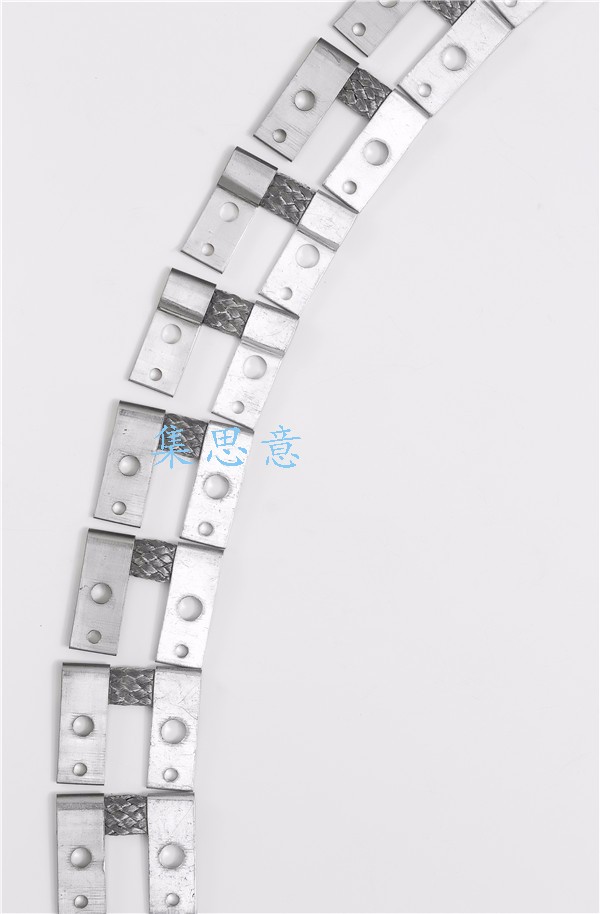What are the welding methods of copper braided wire?
There are also various ways for us to weld copper braided wires. Usually, braided copper wires and multi-strand copper wires can be welded only by ultrasonic wave, except tin plating, because tin plating will directly affect the effect of ultrasonic welding. So what is ultrasonic welding?
Ultrasound metal welding is to transfer high frequency vibration wave to two metal surfaces which need to be welded. By means of pressure, the two metal surfaces friction each other and form a fusion of molecular layers. This welding method is fast, energy-saving, and the welded products have high fusion strength, good conductivity, very low resistance coefficient or nearly zero.
Ultrasound welding is a good way for copper braided wires. We can make the best use of ultrasonic welding to meet our own needs. Because of the excellent welding technology, it can be used in many products. For example, wires fuse with each other, biased into one and multiple fuses; lithium batteries, polymer batteries, copper foil and nickel foil fuse with each other, aluminum foil and aluminum foil fuse with each other; wires and various electronic components, contacts, connectors fuse with each other; electromagnetic switches, fuse-free switches, and other large current contacts, and dissimilar metal sheets fuse with each other.
Ultrasound metal welding is to transfer high frequency vibration wave to two metal surfaces which need to be welded. By means of pressure, the two metal surfaces friction each other and form a fusion of molecular layers. This welding method is fast, energy-saving, and the welded products have high fusion strength, good conductivity, very low resistance coefficient or nearly zero.
Ultrasound welding is a good way for copper braided wires. We can make the best use of ultrasonic welding to meet our own needs. Because of the excellent welding technology, it can be used in many products. For example, wires fuse with each other, biased into one and multiple fuses; lithium batteries, polymer batteries, copper foil and nickel foil fuse with each other, aluminum foil and aluminum foil fuse with each other; wires and various electronic components, contacts, connectors fuse with each other; electromagnetic switches, fuse-free switches, and other large current contacts, and dissimilar metal sheets fuse with each other.

